Flip phones like the Galaxy Z Flip7 are the perfect phone design, so why doesn't Apple make one?
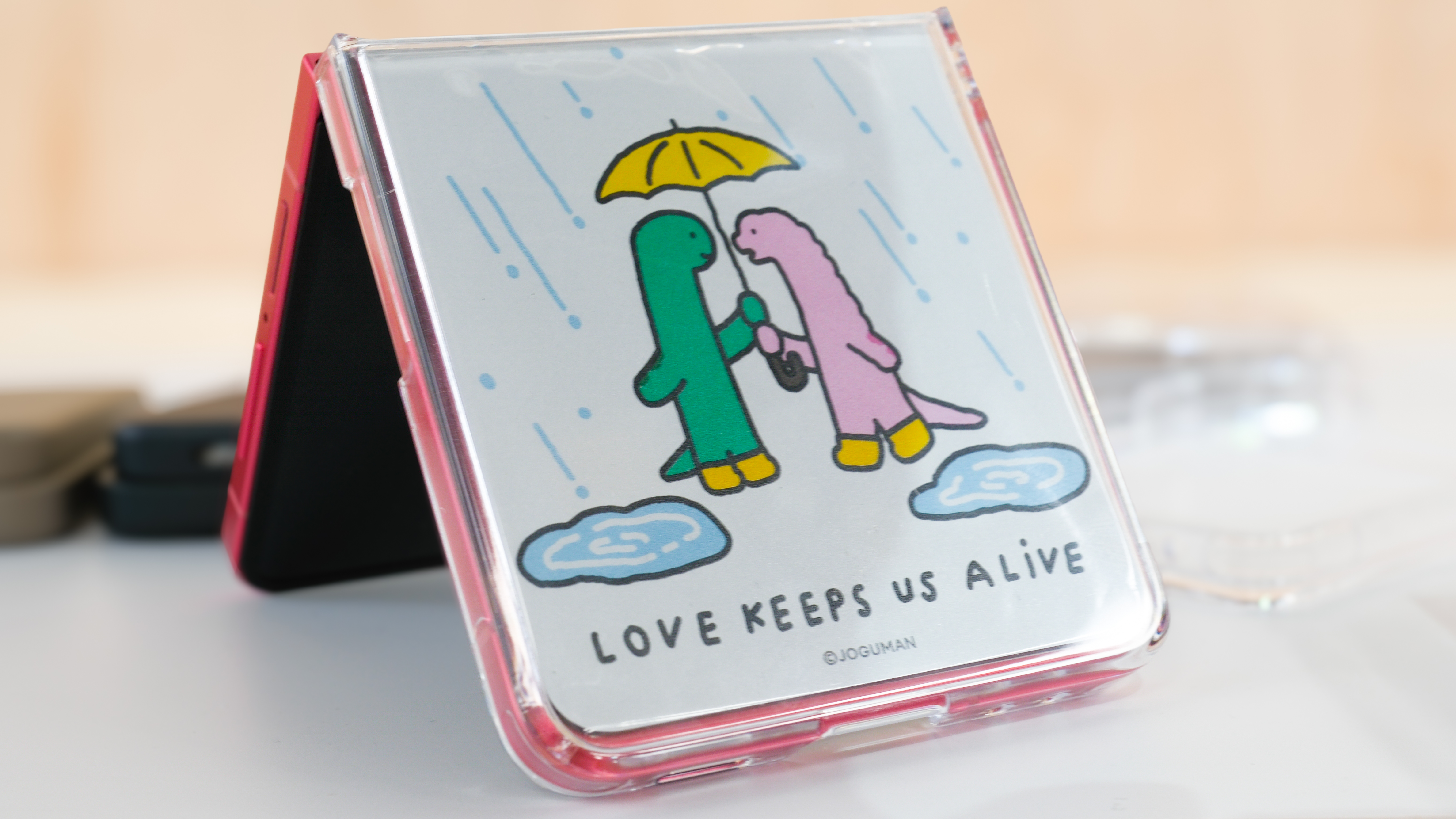
I’ve spent the last few weeks with the Samsung Galaxy Z Flip 7, and I’m more convinced than ever: flip phones are better smartphones. So why is Apple, the company that once redefined smartphones, sitting on the sidelines?
I have some theories, and I think an Apple iPhone Flip would be fantastic, if Apple can bring anything new to flip phones.
Flip phones are the best phone design, and I won't be taking questions
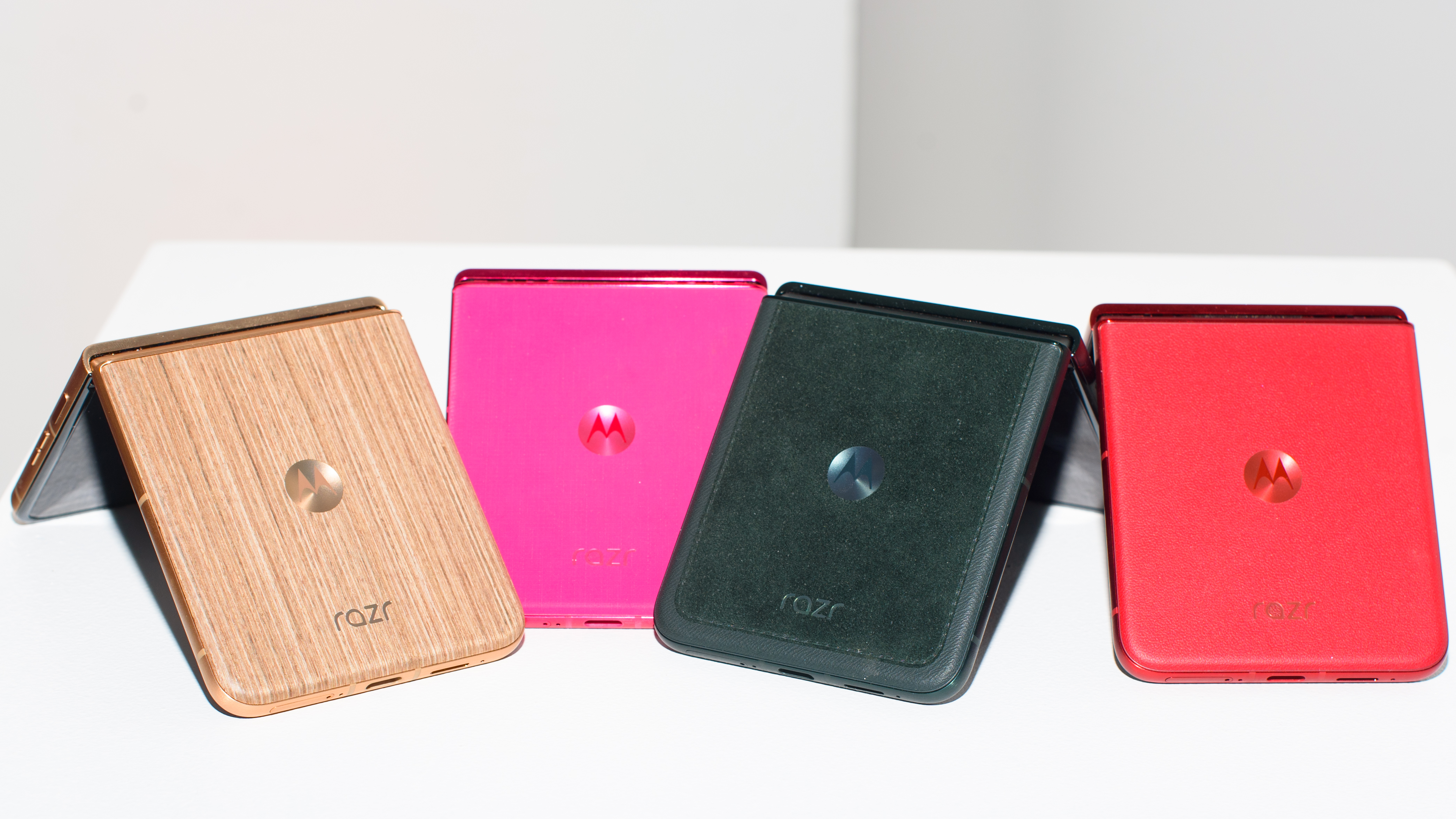
Before we debate Apple’s motives, let's agree on a simple fact – smart flip phones are superior to flat phones. The reason is simple: two screens.
The cover display on today’s Galaxy Z Flip 7 or Moto Razr Ultra offers a new philosophy of use. It’s a palm-sized communicator, ready for navigating, messaging, or taking selfies without ever opening the phone.
It’s a way to control my smart home without falling into the black hole of my main screen’s distractions. These displays are so large and capable, they offer more screen real estate than the entire original iPhone.
The price excuse is also dead. Flips used to carry a heavy premium, but today’s Galaxy Z Flip 7 costs the same as the flat Galaxy S25 Edge. I’d take the Flip over that flat Galaxy any day of the week.
So, What's Apple's Excuse?
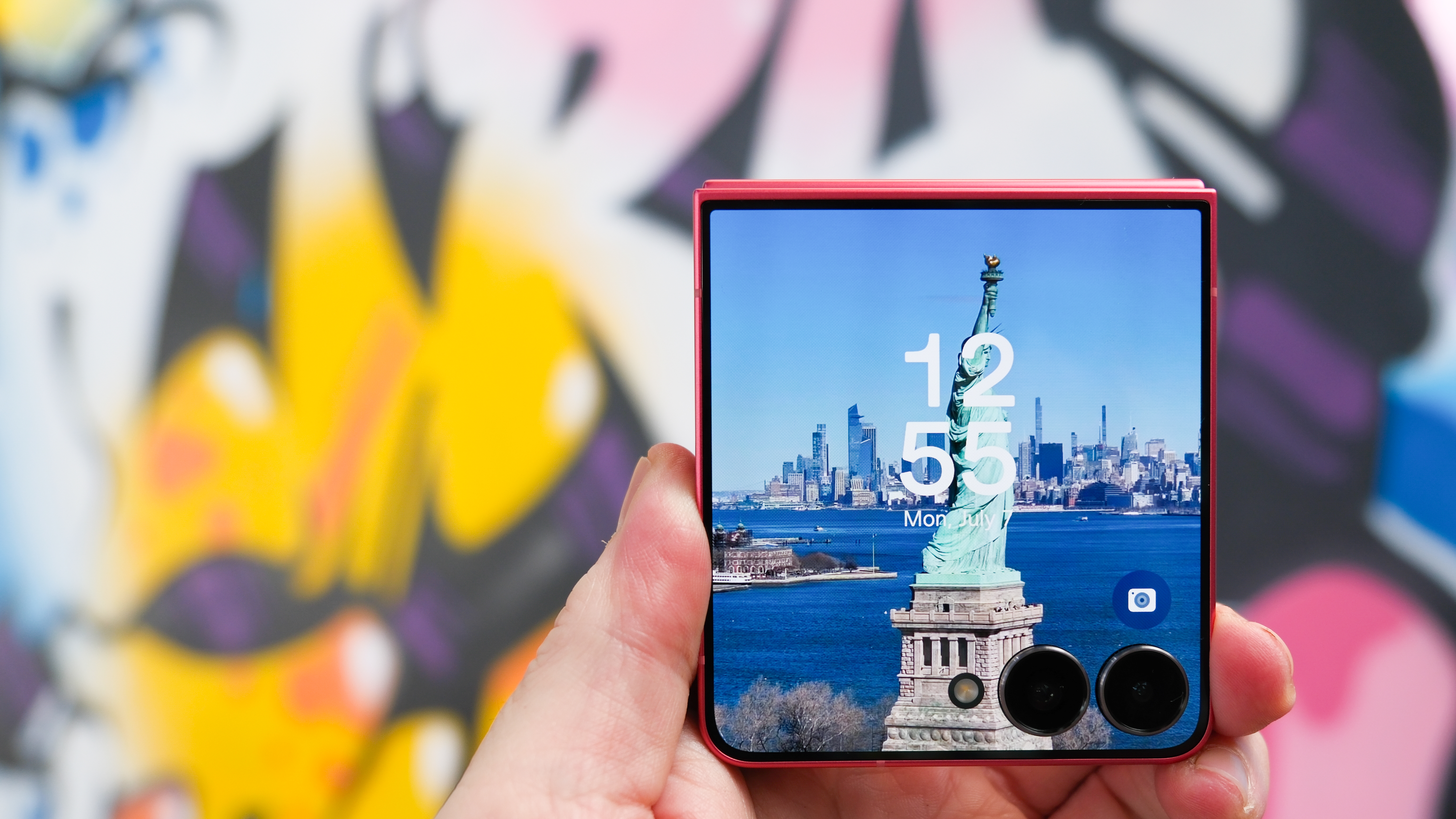
If flip phones are so great, where is the iPhone Flip? Apple isn't afraid of new categories – it sells watches, goggles, set-top boxes, smart home speakers, in addition to phones and tablets.
Sign up for breaking news, reviews, opinion, top tech deals, and more.
The hold-up seems to be about perfectionism. Here are the rumored excuses, and why they don’t hold water.
Rumors claim Apple isn't satisfied with the state of bending glass. You can still see and feel a faint crease.
My take: the crease is a ghost story. After seven generations of these devices, the crease is nearly invisible during use. I promise you, it will never bother you.
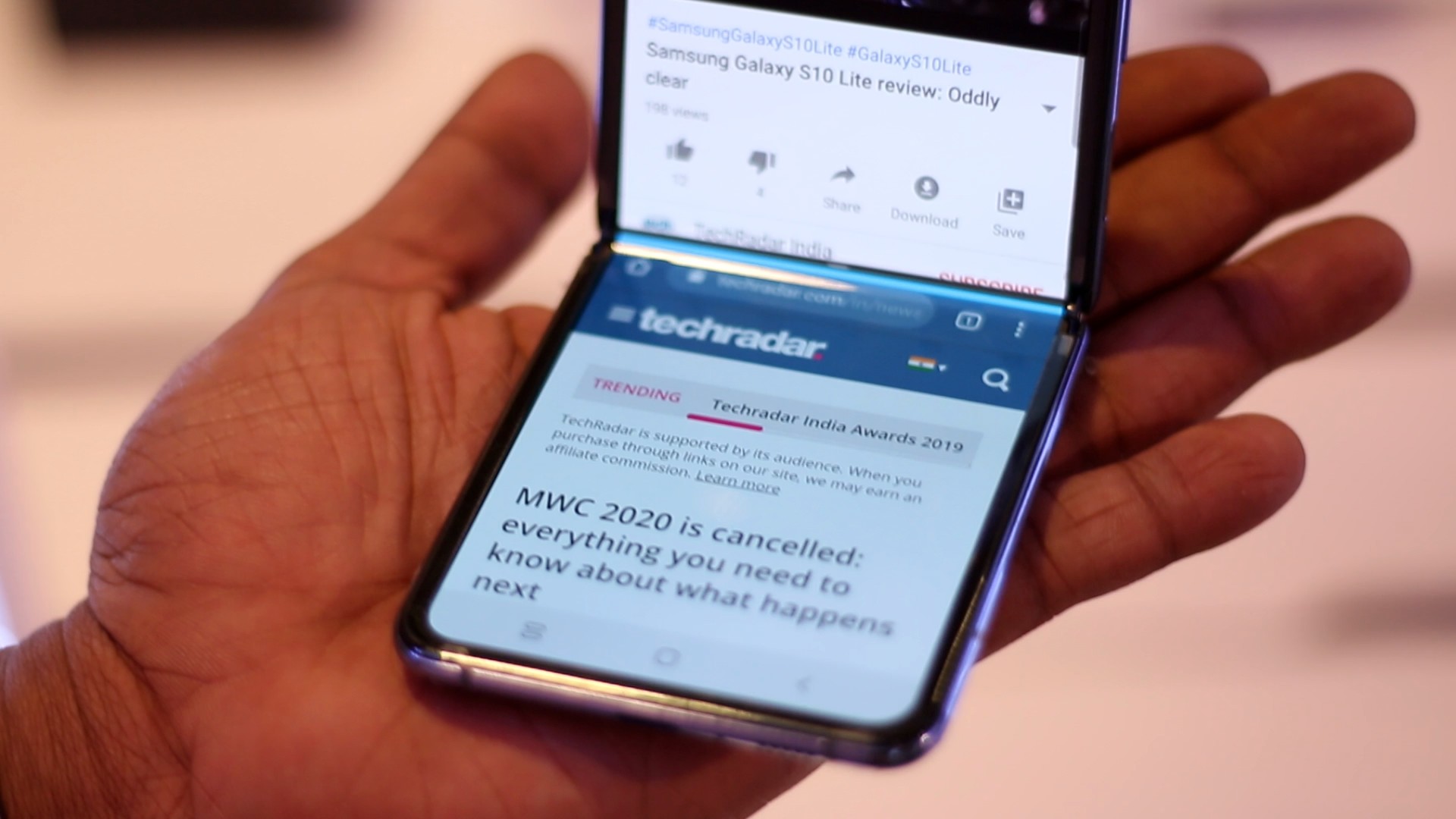
Apple might not want a phone that isn't durable. This is a fair point. Flagship smartphones are rated IP68, keeping out the finest dust and surviving a long dip underwater.
Flip phones are only rated IP48 – they can survive a dunk in water, but dust in the hinge is a real risk. It's characteristic of Apple to wait for a perfect seal, but they may be waiting too long.
Flip phones make compromises. The cameras are smaller, with no room for big telephoto lenses. The batteries are often smaller, too. However, computational AI helps the cameras immensely, and great software can deliver astonishing battery life.
For instance, the Moto Razr Ultra 2025 outlasts most flat phones thanks to its efficient Snapdragon 8 Elite chip.
Here’s the Real Reason There’s No iPhone Flip
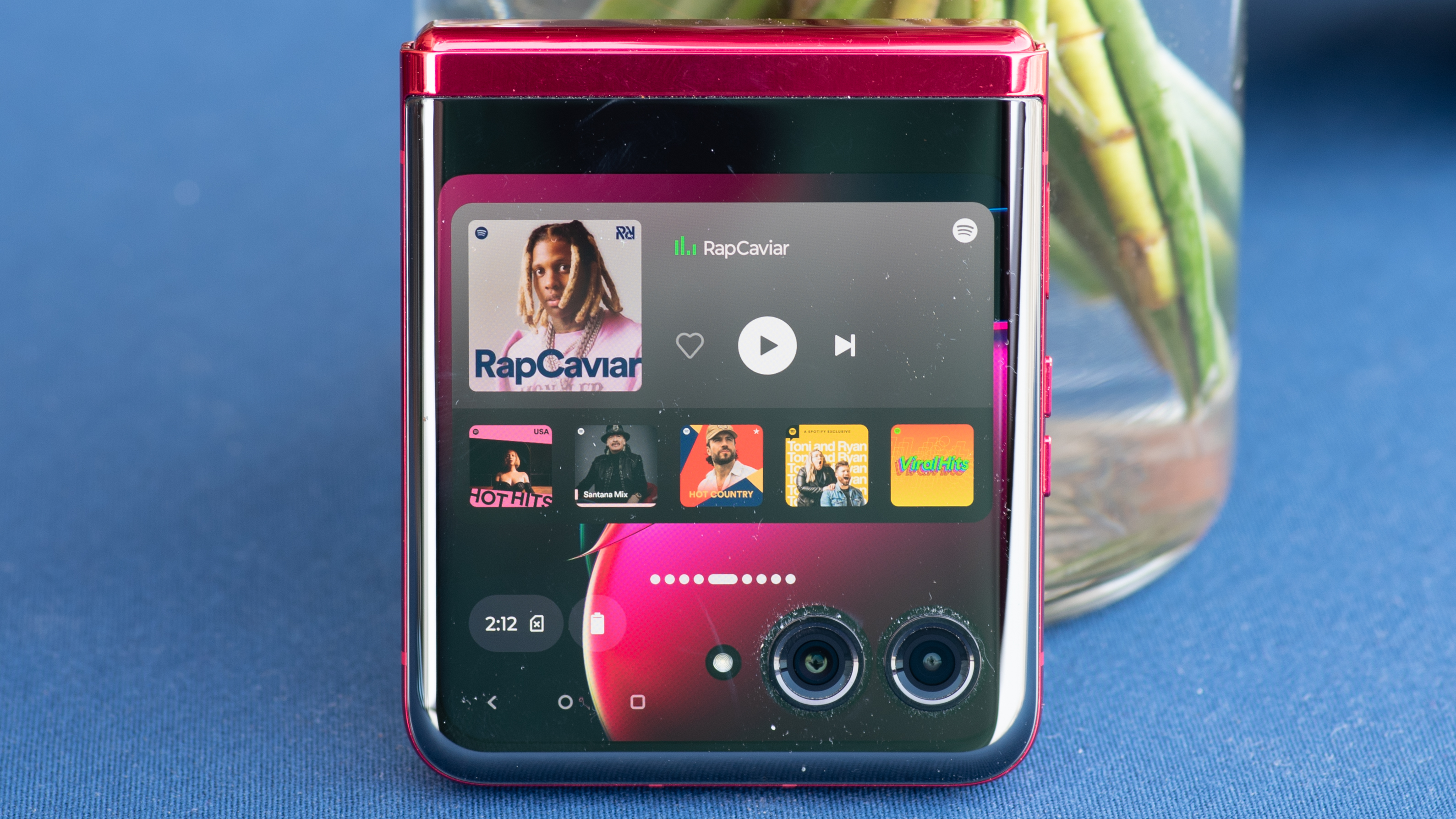
The truth is, I don’t think Apple is staying away because the tech isn’t ready. I think it’s because Apple doesn’t have anything new to add.
What premium feature would an iPhone Flip offer that the Galaxy Z Flip 7 or Moto Razr Ultra doesn't already have? If Apple can’t answer that question, it can’t justify the astronomical price it would inevitably charge. Without a truly premium reason to buy its flip over Samsung’s or Motorola’s, why bother?
I’ve heard more credible rumors about an iPhone Fold that opens into a tablet. That seems more likely, as it would combine the familiar aesthetics of an iPhone and an iPad. It feels safe – an evolution of what already exists.
An iPhone Flip, however, would require something truly new. And if I’m being honest, I haven’t seen that kind of newness from Cupertino in a long time.
Software is the final sticking point
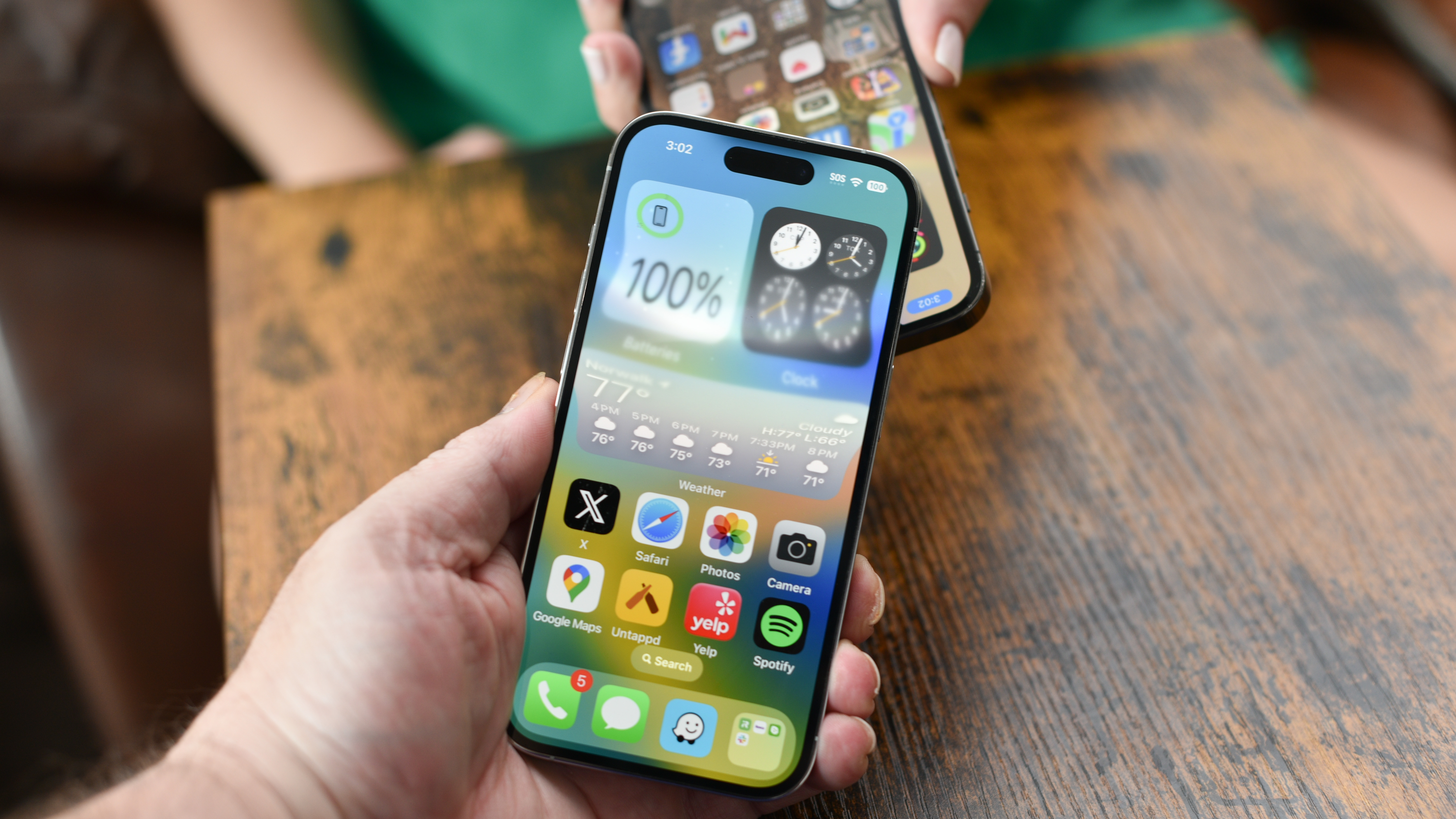
The biggest hurdle might be something else entirely: what would an iPhone Flip do? Apple's greatest strength isn't just a single device; it's the seamless software ecosystem that binds them together. A flip phone with two distinct screens presents a new software challenge for Apple, and new challenges always come with hiccups.
How might core Apple apps use the second screen to offer an experience greater than the parts? I don't just want to talk to Siri, I want to mix with GarageBand or doodle in my Journal.
There needs to be deeply integrated, magical software innovations for an iPhone Flip to justify its existence. Without a software experience that feels revolutionary, not just reactive, the device would fail Apple's own standard. Perhaps the biggest risk for Apple isn't a faulty hinge; it's a failure of imagination.
You might also like
- Fresh foldable iPhone leaks give us more hints about the price and a key spec
- Want a cheap foldable phone? Best Buy has the Motorola Razr for as little as $399 right now
- I can forgive losing the S Pen, but the Samsung Z Fold 7 has been ruined by a more serious design faux pas

Starting more than 20 years ago at eTown.com. Philip Berne has written for Engadget, The Verge, PC Mag, Digital Trends, Slashgear, TechRadar, AndroidCentral, and was Editor-in-Chief of the sadly-defunct infoSync. Phil holds an entirely useful M.A. in Cultural Theory from Carnegie Mellon University. He sang in numerous college a cappella groups.
Phil did a stint at Samsung Mobile, leading reviews for the PR team and writing crisis communications until he left in 2017. He worked at an Apple Store near Boston, MA, at the height of iPod popularity. Phil is certified in Google AI Essentials. His passion is the democratizing power of mobile technology. Before AI came along he was totally sure the next big thing would be something we wear on our faces.
You must confirm your public display name before commenting
Please logout and then login again, you will then be prompted to enter your display name.